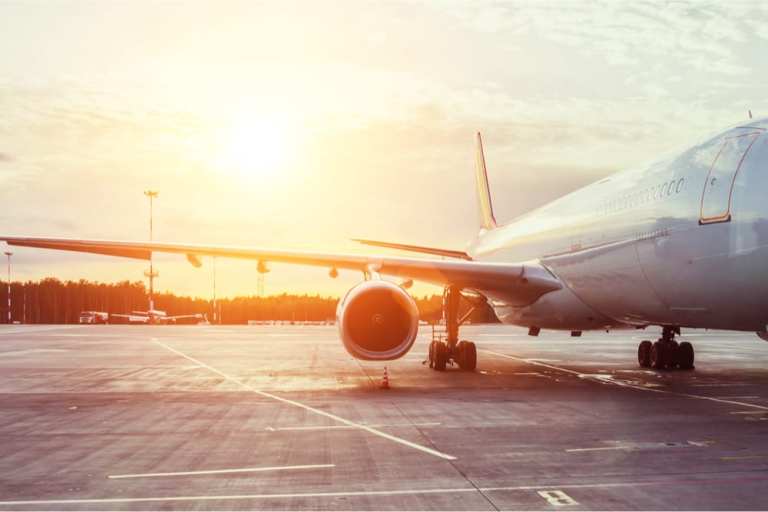With their wings already clipped, airline outlooks were grim.
CNBC reported that United Airlines CEO Scott Kirby “…believes demand has appeared to have bottomed out after slipping in recent weeks, but that revenue could plateau at 50 percent of 2019 levels, until there’s a widely available vaccine for COVID-19. United’s revenue fell more than 87 percent in the second quarter from a year earlier.” United lost more than $1.6 billion in Q2, but is making improvements to air filtration and boarding processes to put travelers more at ease.
Ditto Delta, which logged a $3.9 billion adjusted pre-tax loss for the June quarter on a revenue drop exceeding $11 billion compared to 2019. CEO Ed Bastian said in a statement that “Given the combined effects of the pandemic and associated financial impact on the global economy, we continue to believe that it will be more than two years before we see a sustainable recovery.” Delta has been keeping middle seats empty on its greatly reduced flight schedule.
Analysts see more dire news coming from American Airlines, with some predicting that “for fiscal 2020, [American Airlines] revenue could see a 57.4 percent decline to $19.4 billion.”
Why People Won’t Fly
Advertisement: Scroll to Continue
PYMNTS’ report series Navigating the COVID-19 Pandemic, based on periodic surveys of thousands of U.S. consumers and businesses beginning in March, finds that air travel may not be taking flight in its familiar form for literally years – or at least until a vaccine is available.
Of the four distinct consumer personas PYMNTS identified as arising from the pandemic, only about half consider the vaccine to be a deal-breaker. However, roughly half see no safety outside, let alone in an airplane with 100 other people breathing recirculated air, HEPA filters notwithstanding.
“Safety and social shifters seem to be less likely to want to leave the safety and comfort of their homes, however,” according to The Great Reopening: Shifting Preferences. “Safety shifters are the least so, with just 30.5 percent saying they are ‘very’ or ‘extremely interested’ compared to 35.8 percent of social shifters who say the same.”
MarketWatch noted JPMorgan Analyst Jamie Baker’s client guidance, which stated: “We are growing increasingly convinced that the industry’s recovery to 2019 levels of output will be a multi-year affair, with traffic levels expected to recover in 2022 at the earliest, given recent travel trends.”
Getting Travel Moving
While the CDC and Big Pharma work on a vaccine, the airline industry is slowly but surely adapting to the new realities of post-pandemic air travel.
PYMNTS reported in late May that “Boeing and Airbus, the world’s two largest airline manufacturers, are working jointly to research what airlines’ new standard operating procedures ought to be to prevent COVID-19, according to The Wall Street Journal (WSJ). The goal is to support an industrywide push to curb the risks of airline travel and help consumers feel safe enough to take off once again.”
Payments is increasingly seen as one factor in the recovery of travel. In the PYMNTS TV On the Agenda discussion How We Will Travel, Flywire Sr. Director, Travel and Commercial Colin Smyth said: “We are having conversations … with clients and partners that under more normal circumstances we probably wouldn’t be able to get an hour [with] in the past. Today, they are ready to listen and have brainstorming sessions about de-risking the business, or how to take 2021 projects and turn them into 2020 projects now.”




